One OT and one NT image of hope captivated me during my research.
In word studies, one has to take care and be slow to assume that the same word in a different context sheds light on the word’s meaning universally. For example, the fact that the same three letters b-a-t are used to describe a winged nocturnal creature and a wooden stick is, well, something less than enlightening.
However, in the moving story of Rahab, a Hebrew word translated hope [תִּקְוָה (tiq·wā(h))] is also translated as cord to describe the scarlet sash or rope Rahab tied onto a window in Joshua 2:18-21. This image developed into an entire sermon, which I have only had the joy of sharing once. But in summary, the scarlet cord represented physically where Rahab had placed her hope physically, relationally, and spiritually.
She sided with God’s people without any guarantee that they would keep their word and rescue her.
She broke her alliance with Jericho without any Plan B: her hope for the future was in the God of Israel.
The NT image is one I mentioned in the last blog:
We who have fled to take hold of the hope offered to us may be greatly encouraged. We have this hope as an anchor for the soul, firm and secure. (Hebrews 6:18b-19)

In my study years ago, what started troubling me was the discrepancy between my hope and the hope of the Biblical, and especially the NT, writers. Their hope was consistently practical: a tangible, daily, essential reality. My hope was more often poetry: inspiring, beautiful, and occasional. Please understand, fifteen years ago when I began this study, I had experienced many moments in which hope was extremely tangible…but before the Lord I confessed that those moments were the exceptions whereas hope for the NT writers was their daily norm. And I began to ask, why is Biblical hope so airy, so theoretical, for us today?
How much time have we spent in the last hour meditating upon the hope of eternal life? How about in the last 24 hours, how much time have we invested in celebrating Jesus’ resurrection or His promise for ours?
Granted, the Biblical writers lived in a different age. They daily anticipated Jesus’ return, were familiar with persecution, and walked out their faith near the shadow of Christ’s cross. The hope of eternal life marked their Christian faith. And our generation? “Eternal life is a blessing to be sure, and, whatever it means, we hope it will not be too boring.” This perspective is rather new. Older hymnals are filled with s
“Lovely,” we muse, “in an curious sort of way…but what about today.”
Anyone who has ever been mentored by me will attest that I view today as holy, as the only timeframe in which we can practice God’s presence. In no way do I want to dis our generation’s rediscovery of today. But I do wonder, in our movement toward a healthier and more biblical understanding of life on earth, if we have inadvertently disconnected our working definition of hope from eternity. Have we dislocated hope? Have we repositioned it somewhere “beyond” Christ’s resurrection?
I am not lobbying for a revival of all-songs-ancient, but surely it is time to ask ourselves, whether the hope we profess is the same hope Jesus was crucified to offer us.

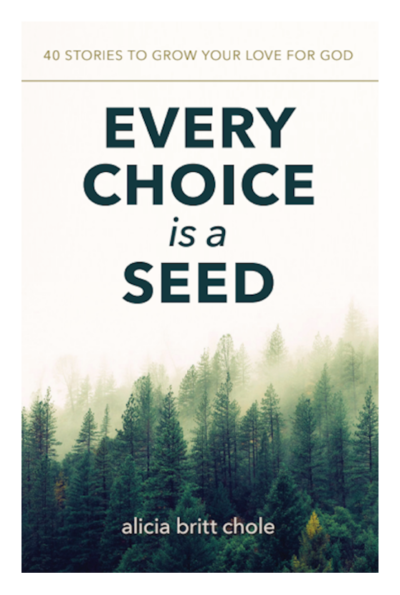
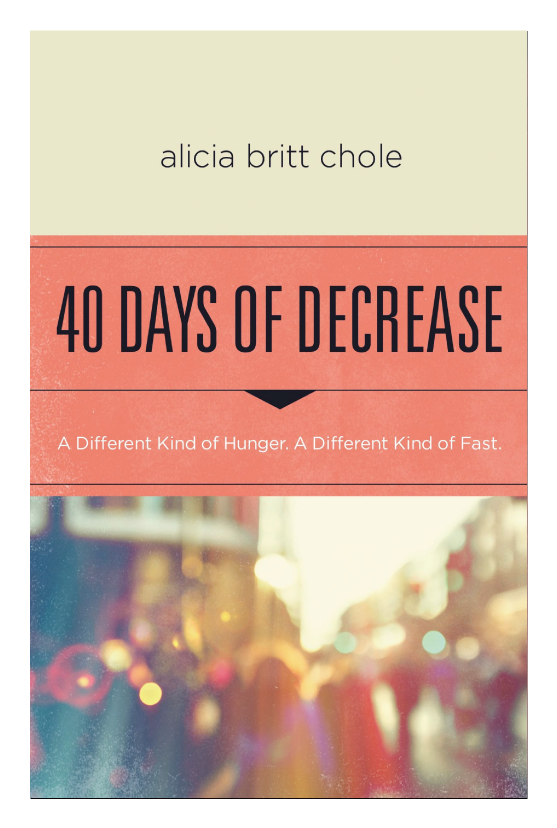
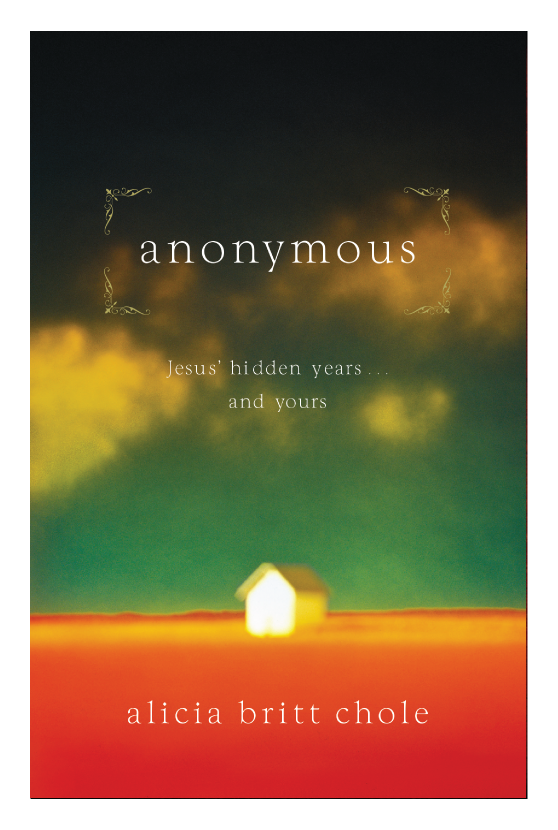
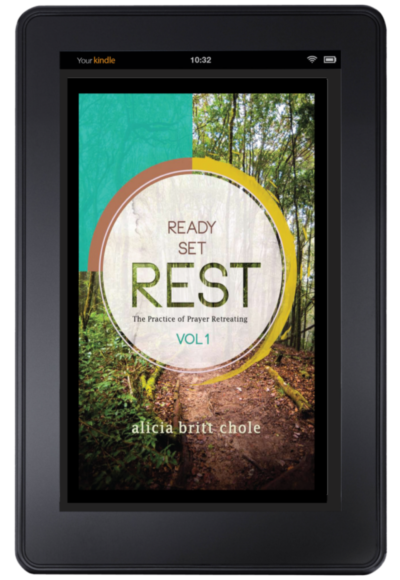
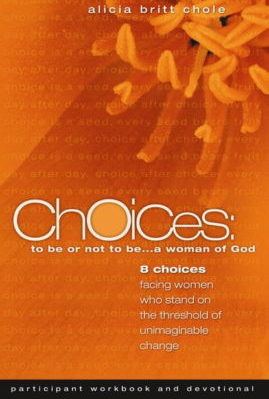
Food for the soul! Jesus is truly our ONLY TRUE and lasting HOPE